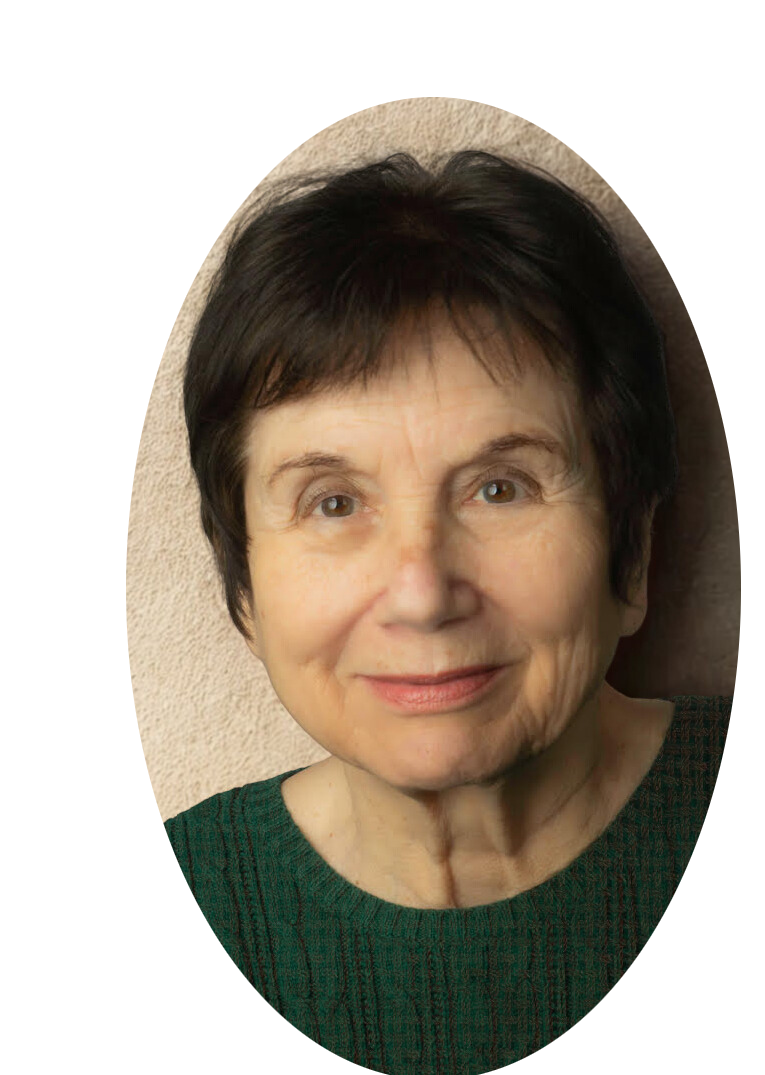Bones: the basic infrastructure of your body, can teach us a lot. Caring for your bones can lead you to strengthen other neglected aspects of your life. This post is about the surprising benefits you receive when you tend to your infrastructure.
*Before you can put your attention toward building or maintaining a structure that supports your life well, you need to know what that structure is. What follows is a list of six questions you can answer, hopefully by writing and better yet, writing in your journal. My post on the Gurze Publishing website about new research in osteoporosis got me to thinking about what doesn't hurt but can break us by surprise.
When you tend to what supports your life, including your skeletal structure, you discover your vast and vital personal infrastructure. You may be surprised at the benefits you receive. Once you identify the "bones of your life" you'll be able to give them a higher priority in your daily decision-making. That's all to the good for eating disorder recovery and building a better and sustainable quality of life.
Six Questions: What Makes Up the "Bones of Your Life?"
- What holds you together?
- What supports your vulnerable places?
- What protects you from physical and emotional injury?
- What allows you to move into your life and function well?
- What holds your reserves so you have resources in an emergency?
- What produces the resources you need to live a healthy and fulfilling life?
- What is a continual and reliable source of inspirational energy that allows you to function well in changing circumstances?
Share what you discover when you answer these questions. Let's learn together how we can support what supports us.
FYI from "The Structure and Functions of Bones" on Ivy Rose Holistic. Go to the article for more information.
Bones do more than support our bodies. Ivy Rose Holistic, a free and fantastic resource for nurses, therapists and more gives us six life-supporting gifts our bones give us. support our bodies.
Functions of The Skeleton
- Support - The skeleton is the framework of the body, it supports the softer tissues and provides points of attachment for most skeletal muscles.
- Protection - The skeleton provides mechanical protection for many of the body's internal organs, reducing risk of injury to them. For example, cranial bones protect the brain, vertebrae protect the spinal cord, and the ribcage protects the heart and lungs.
- Assisting in Movement - Skeletal muscles are attached to bones, therefore when the associated muscles contract they cause bones to move.
- Storage of Minerals - Bone tissues store several minerals, including calcium (Ca) and phosphorus (P). When required, bone releases minerals into the blood - facilitating the balance of minerals in the body.
- Production of Blood Cells - The red bone marrow inside some larger bones (including, for example, the ....) blood cells are produced. (Red Blood Cells, White Blood Cells and Platelets are described on the page: Structure & Functions of Blood.)
- Storage of Chemical Energy - With increasing age some bone marrow changes from 'red bone marrow' to 'yellow bone marrow'. Yellow bone marrow consists mainly of adipose cells and a few blood cells. It is an important chemical energy reserve.
Ivy Rose Holistic - Originally an educational resource for therapists and students of nursing and health-related disciplines, IvyRose Holistic has expanded considerably since its launch in 2003. They now include a wide range of health and well-being related material including 100s pages of educational/teaching content about subjects taught as part of school-level biology, human biology and chemistry. Where necessary they have included pages explaining related aspects of physics and maths, e.g. of visual optics / how the eye works. These sections were initially included to support trainee therapists many of whom have been out of full-time school or college for many years and/or have not studied all of the relevant science subjects at school.
Please share your thoughts in the comment section below.
Written by Joanna Poppink, MFT. Joanna is a psychotherapist in private practice specializing in eating disorder recovery, stress, PTSD, and adult development.
She is licensed in CA, AZ, OR and FL. Author of the Book: Healing Your Hungry Heart: Recovering from Your Eating Disorder
Appointments are virtual.
For a free telephone consultation, e-mail her at



Add comment